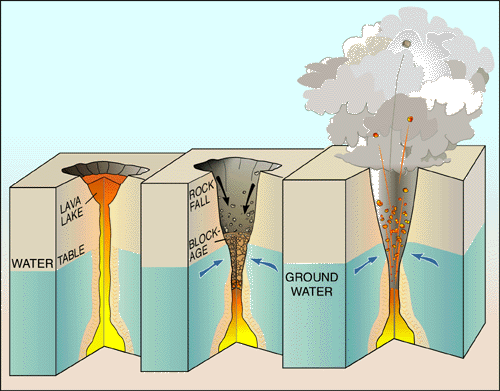USGS reports another explosion last night: “At 11:58 PM Local time, a short-lived explosion at from Halema’uma’u created an ash cloud that reached up to 10,000 ft asl and was carried southwest by the wind. Possible trace ash fall may have occurred along Highway 11.”
I’m not sure whether this was a steam explosion, or just yet another of these rockfall-triggered ashclouds, like this one in 2011:
Hawaii Volcano Observatory is so lucky to have one of the foremost experts in explosive eruptions, Don Swanon, who worked on St Helens so long ago and uncovered Kilauea’s explosive history after transferring to HVO in the 90s.
From KITV May 19:
Experts on this active volcano gathered to share what they know- and what they have discovered is Kilauea has a history of explosive ash eruptions. Hawaiian Volcano Observatory geologist Don Swanson sums, “For the past 2,500 years we’ve had explosions more than 50% of the time, so this is the norm for Kilauea. But most of the explosions are minor, like we saw today, with small plumes of ash and steam rising from the summit.”




